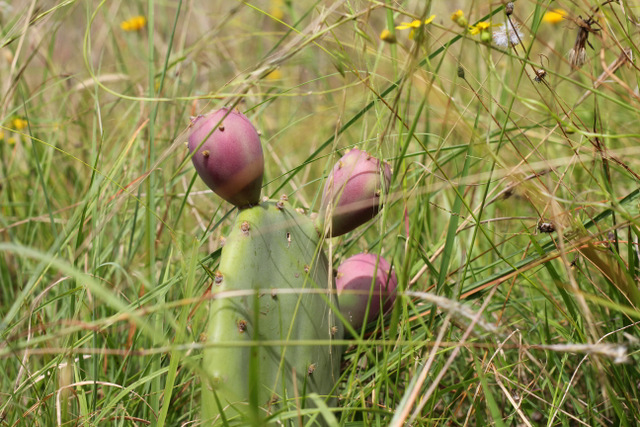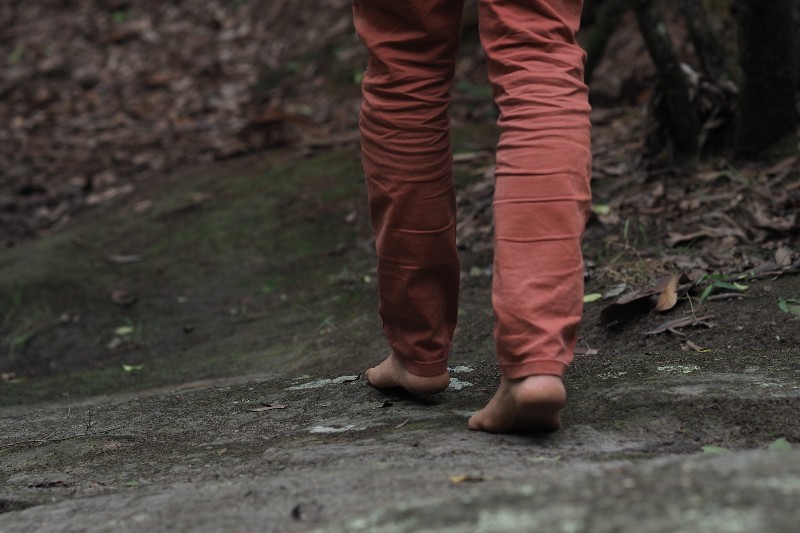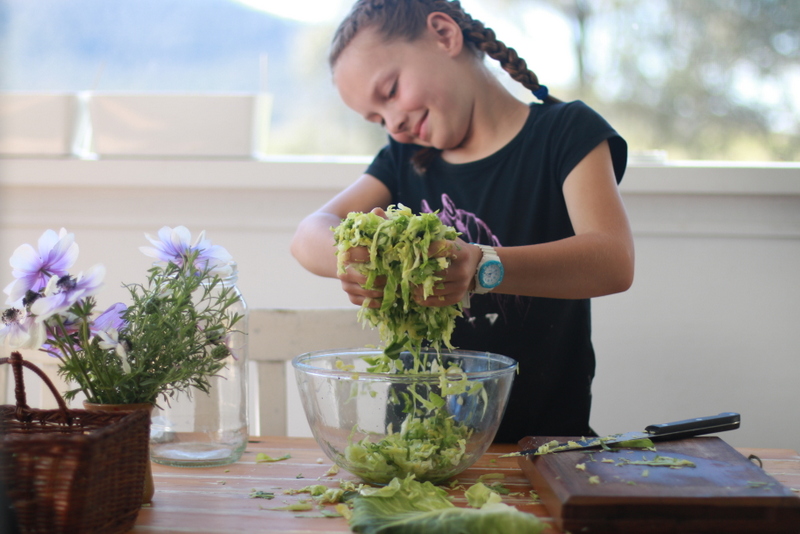A while back I learnt how ‘NOT’ to forage Prickly Pear. I spotted a few Prickly Pear cactus in fruit while on a picnic and excitedly decided to pick the fruit for dessert. I knew the fruit was edible, but that was all I knew. Sadly my lack of knowledge didn’t stop me.
I grabbed the container that our picnic lunch had been in and proceeded to collect the fruit with my bare hands. I quickly learnt that this is not how to collect Prickly Pear fruit. The name Prickly Pear is very apt.
Prickly Pears are prickly
Prickly Pear fruit are covered with hundreds of tiny prickles, which I’ve since learnt are called glochids. They look harmless enough (in comparison to the huge spines present on Prickly Pear pads), so I thought I could carefully brush them off, but before I knew it I was covered in them. They were in my hands, all up my arms, and on my clothes. Everything I touched, including other people, was contaminated with these tiny vicious persistent prickles. They irritated my hands and arms for weeks.
I’ve since learnt that the most effective way to remove glochids is to first use tweezers to remove clumps of spines followed by the application and removal of household glue.
The Prickly Pear fruit tasted kinda average
We ate the fruits despite the prickles, scooping out the flesh our with spoons. They weren’t very sweet and were full of hard seeds which were too small to spit out but too big to enjoy eating. Apparently the fruit is supposed to taste like a cross between all-natural bubblegum and watermelon. Perhaps they weren’t ripe enough and perhaps we found a particularly seedy variety?
Realistically, I’d probably only eat raw Prickly Pear fruit again if I was starving.
Perhaps next time i’ll try Prickly Pear jam or Prickly Pear jelly or Prickly Pear chips or even a Prickly Pear Mojito.
How I should have harvested Prickly Pear Fruit
What I should have done is picked the fruit using a pair of tongs and taken them home for processing. Once home I could have removed the prickles by rolling them around in some sand until the prickles dropped off or used a small gas burner to burn them off or stabbed them with a fork and scrubbed them with an old toothbrush.
Prickly Pear pads are also edible
I’m keen to try Prickly Pear pads, also known as Nopales. They can be eaten like a vegetable and are popular in mexican cuisine. I’d remove the spines using a knife and the nodes of glochids using a potato peeler. I’ll probably try Root Simple’s simple approach to cooking them: cut them into strips, boil them for five minutes to remove the mucilaginous texture, and pan fry. Apparently they taste a little like green bean or aspargus.
If I ever found huge patch I might even consider trying some of Root Simple’s four ways to preserve Prickly Pear Pads.
Identifying Prickly Pear
Prickly Pear (Opuntia stricta) is a cactus shrub that is relatively easy to identify. There’s some good images here to familiarise yourself with how it looks.
It may be confused with other Opuntia species, but apparently other Opuntia species that are naturalised in Australia aren’t similar. For example, Tiger Pear is smaller and has sausage-shaped segments, Coral Cactus has a corrugated surface, Drooping Pear and Velvet Tree Pear are trees rather than a shrub (i.e. they have a trunk).
So if you are in Australia and see a cactus growing as a weed that looks like Prickly Pear, it most likely is.
Apparently the fruit of all Opuntia are edible and the nopales of ‘most’ Opuntia are edible, so stick with the fruit if you are uncertain.
Prickly Pear is a weed in Australia
Prickly Pear is a weed that occurs all across Australia. It used to be a major problem in large areas of northern NSW and central Queensland in the early 1900s. It’s now found over a larger area but is rarely a problem due to a couple of effective biological control agents that were released in the 1920’s and 30’s. Interestingly, one of these is the Cochineal insect, which is used to make a red dye/food colouring. I wonder if the bugs can be simply squashed to make food colouring?
Are there any risks involved in foraging Prickly Pear?
Obviously the spines and prickles are a little annoying and worth avoiding (see comments above regarding preparation).
Another risk is that the Prickly Pear plants may have been sprayed with a herbicide. Prickly Pear is now mainly controlled through biological control, but if extra control is needed they can be pulled from the ground or they can be sprayed with herbicide. To minimise chances of foraging from sprayed plants, I’d avoid large infestations and also road verges.
Have you foraged or eaten Prickly Pear?



